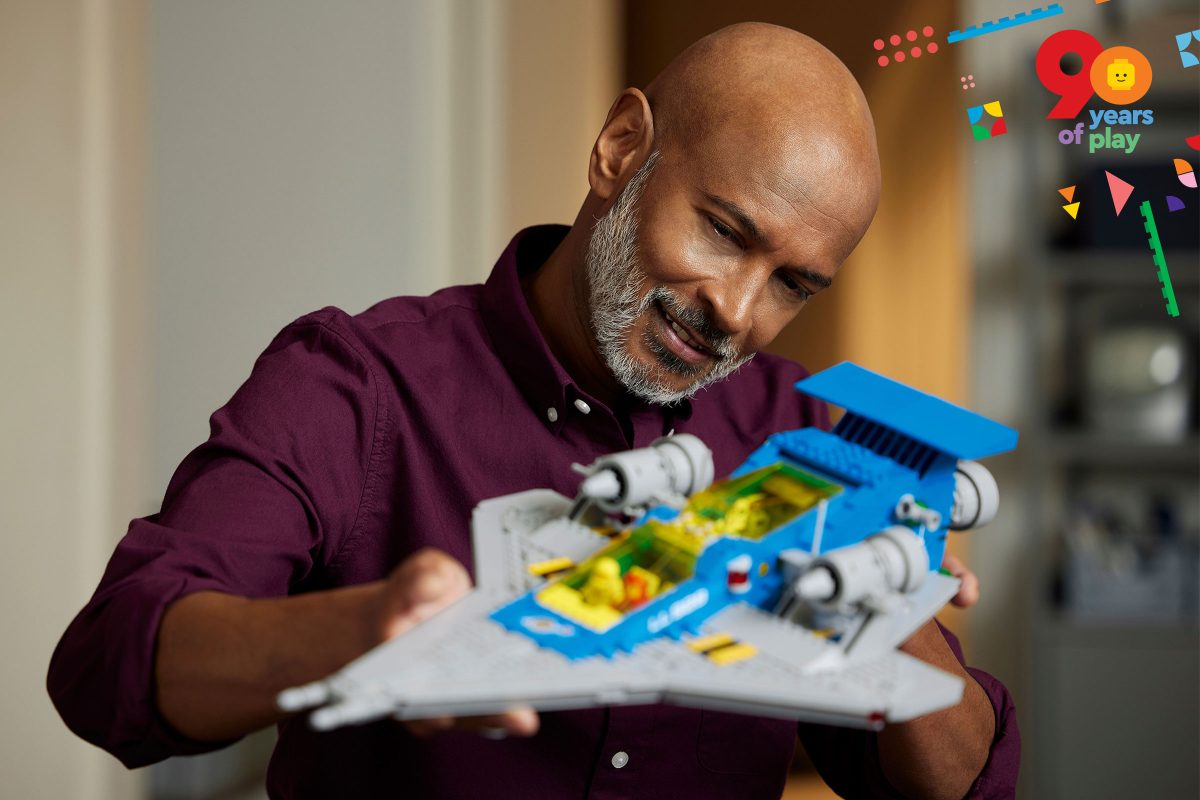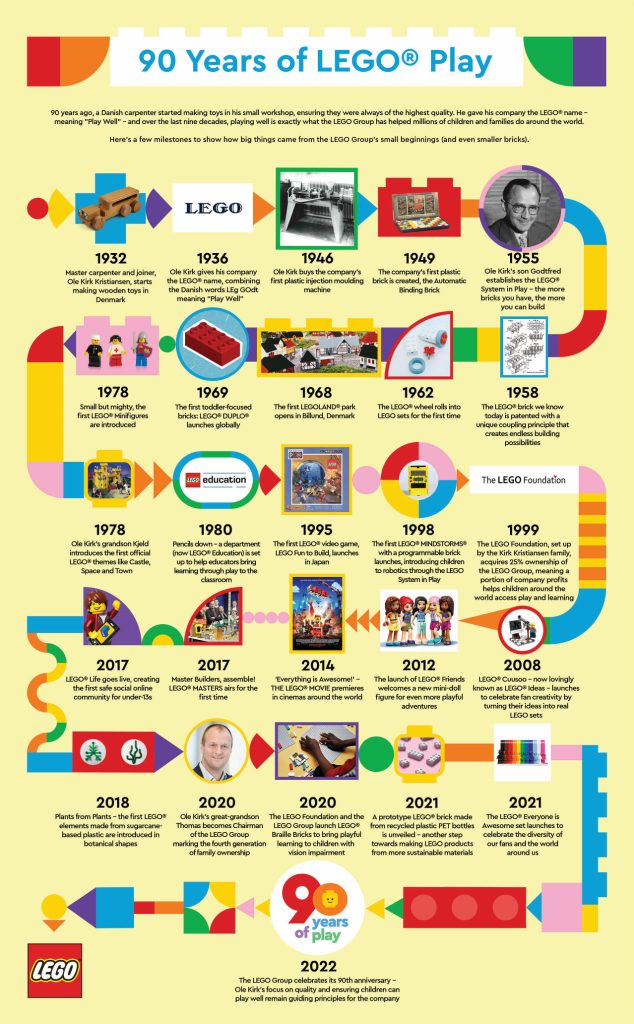It’s a household name that seems to have been around for ever. Yet, how much do we actually know about our favourite toy…
Ole Kirk Kristiansen, a Danish carpenter by trade, found his business badly affected by the Great Depression of the 1930’s. Gifts for neighbouring children were luxuries beyond the budget of the struggling small business owner. So, in 1932, he used the off-cuts from the wooden ironing boards he made, to produce the wooden pre-cursors to the plastic LEGO blocks. The most famous of these initial designs was the wooden “walking” duck, since produced as a LEGO set (only available from the LEGO House in Denmark though). Wooden piggy banks, miniature furniture and moving toys were mostly exchanged for food as everyone struggled in hard times.
Late in 1935, Ole Kirk realised that the company that had run since 1932 needed formalising, and he held a competition among his staff to come up with a name for these new products. The prize was a bottle of his own home-made wine. However, when he himself came up with the name that stuck, he got not only his own bottle of wine, but also the name that has officially been used since early 1936. The word LEGO is an abbreviation of the Danish “leg godt”, two words meaning “play well”. It may interestingly only ever be used in all capitals and only ever as an adjective. A cardinal sin is to pluralize into the American “LEGOs”.
A stickler for quality, Ole Kirk always ensured toys of the highest standard. Once, his son, Gustaf, who had joined the family business, told him he had saved money by only applying two coats of varnish instead of three on the latest production of painted wooden ducks. On discovering this, Ole Kirk immediately sent his son to fetch every duck, put the last coat of varnish on, repack them and return them by himself. After that lesson, the company motto of “only the best is good enough” was prominently displayed in the workshop.
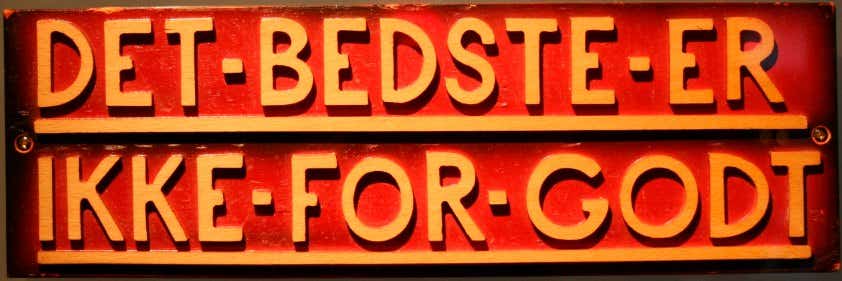
During World War II, sales boomed when the use of metal and rubber was forbidden in the use of toys (as it was restricted for weapons), but, as economies recovered and new ventures were embarked upon, the LEGO company turned to the use of plastic to create an interlocking system. The idea was not well received, with much criticism over the move away from the quality wooden products. By 1951, half of the output of the LEGO company had become plastic, still not without criticism though. It took five years of work of the new junior MD in the company, Ole Kirk’s son, Godtfred, to produce the modern brick design, finally patented in January 1958. Sadly, Ole Kirk died less than two months later, never seeing the results of the new bricks that the LEGO company became synonymous with. Godtfred became MD and led the company through its development years until 1979, when he, in turn passed leadership to his son Kjeld Kirk Kristiansen.
In 1955, the focus became the LEGO System in Play described by the company: “All elements fit together, can be used in multiple ways, can be built together. This means that bricks bought years ago will fit perfectly with bricks bought in the future… It means that a LEGO element not only has instant value, but will keep its value always… We will always make sure that all bricks – from yesterday, today and tomorrow – fit together.” This included keeping new systems compatible, such as the bigger DUPLO bricks, introduced in 1969, which combined on a 1:4 ratio. Minifigures were first used in 1978, but we’ll leave them to another blog, as they are deserving of individual discussion.
So, ninety years have passed since the humble beginnings in a woodworking factory, and what better way to celebrate than with sets that rekindle the LEGO ideas of old. The 90 Years of Play set, 11021, has been released in celebration of this journey. It allows free creativity in building but includes instructions for 15 mini models of some of the most iconic sets.
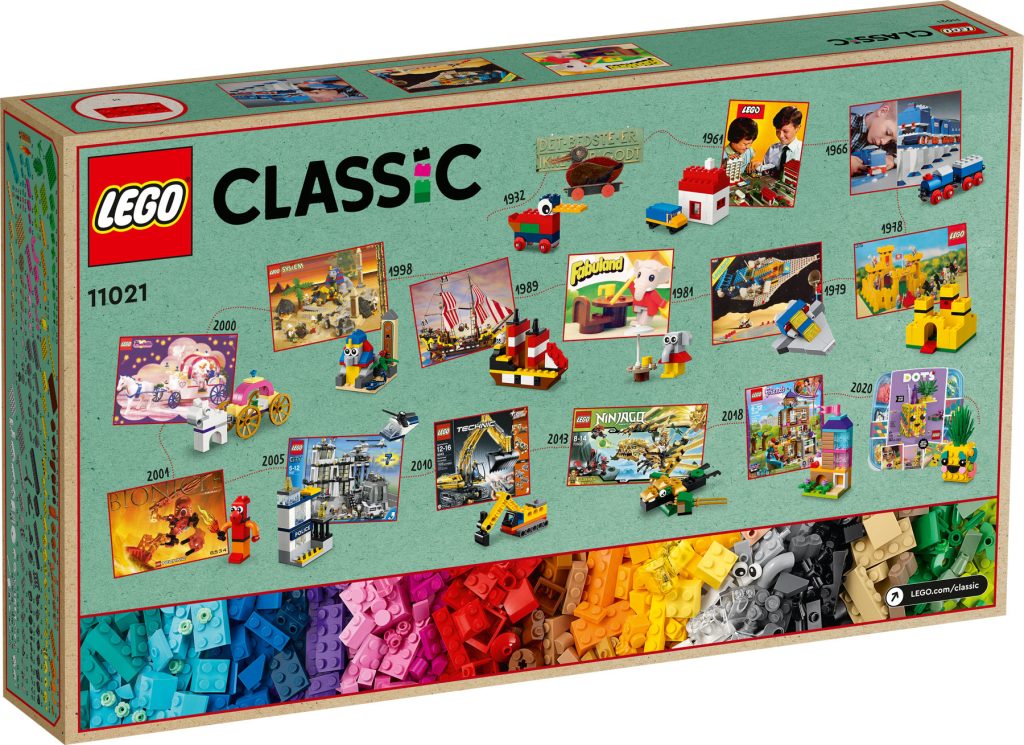
Among the 15 is a model of the original wooden duck. Other inclusions which may spark one’s memory are mini models of the 1966 motorised train set, the historical yellow castle, the LEGO Fabuland Elton Elephant, the first proper pirate ship, the Royal Coach from the Belville range as well as Tahu from the Bionicle range, along with much newer builds in ranges that are still very prominent today: the police station from 2000, the Motorised Excavator (from the Technic range), The Golden Dragon from Ninjago, the Friendship House from Friends (which this year celebrates 10 years since the first set was released) and one of the newest themes, the Pineapple Pencil Holder from DOTS.
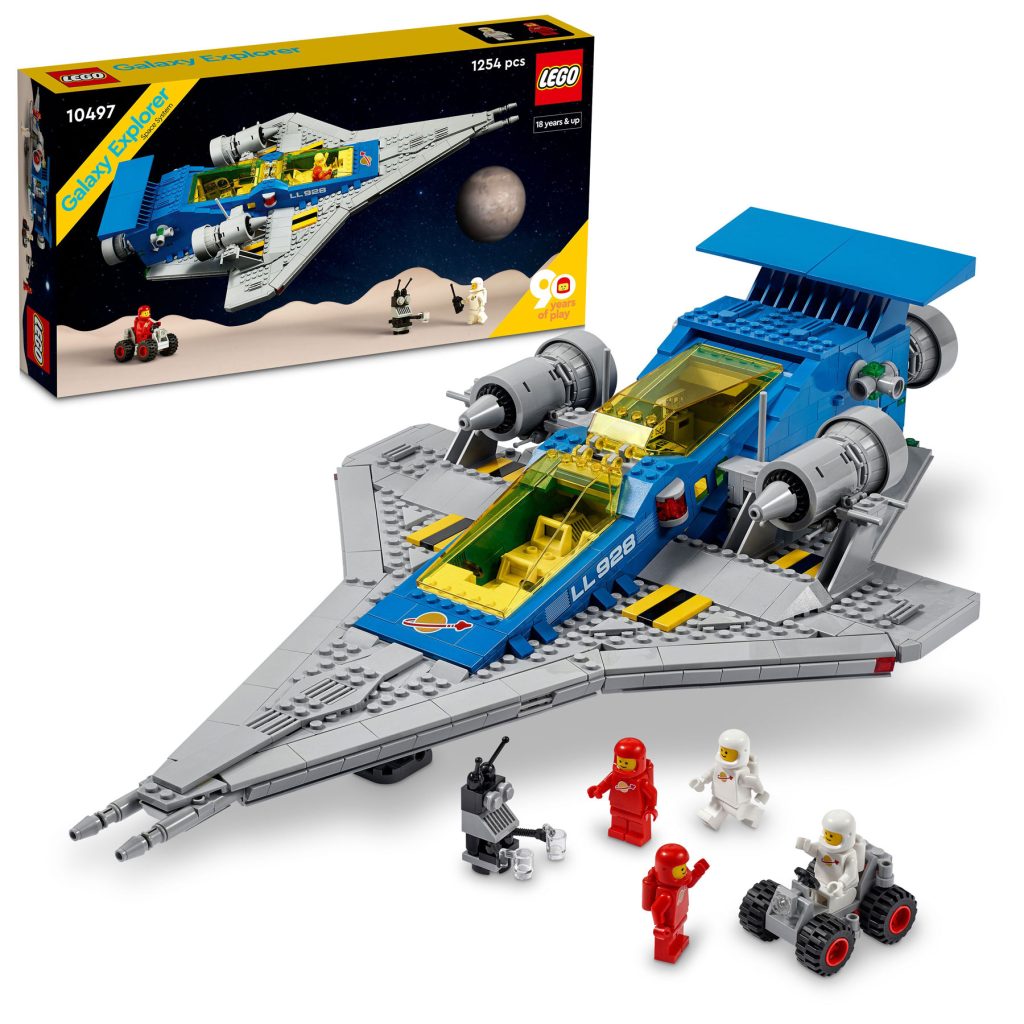
One mini model which stands out is the 497/928 Galaxy Explorer which has been re-released for the 90th anniversary. Not only can you reminisce this iconic set with a mini model, but you can take it one step further with a larger remake of the set, the 10497 Galaxy Explorer. With the colour scheme perfectly recreated and the return of red and white classic astronauts this new modern design is ready to be swooshed around your home.
